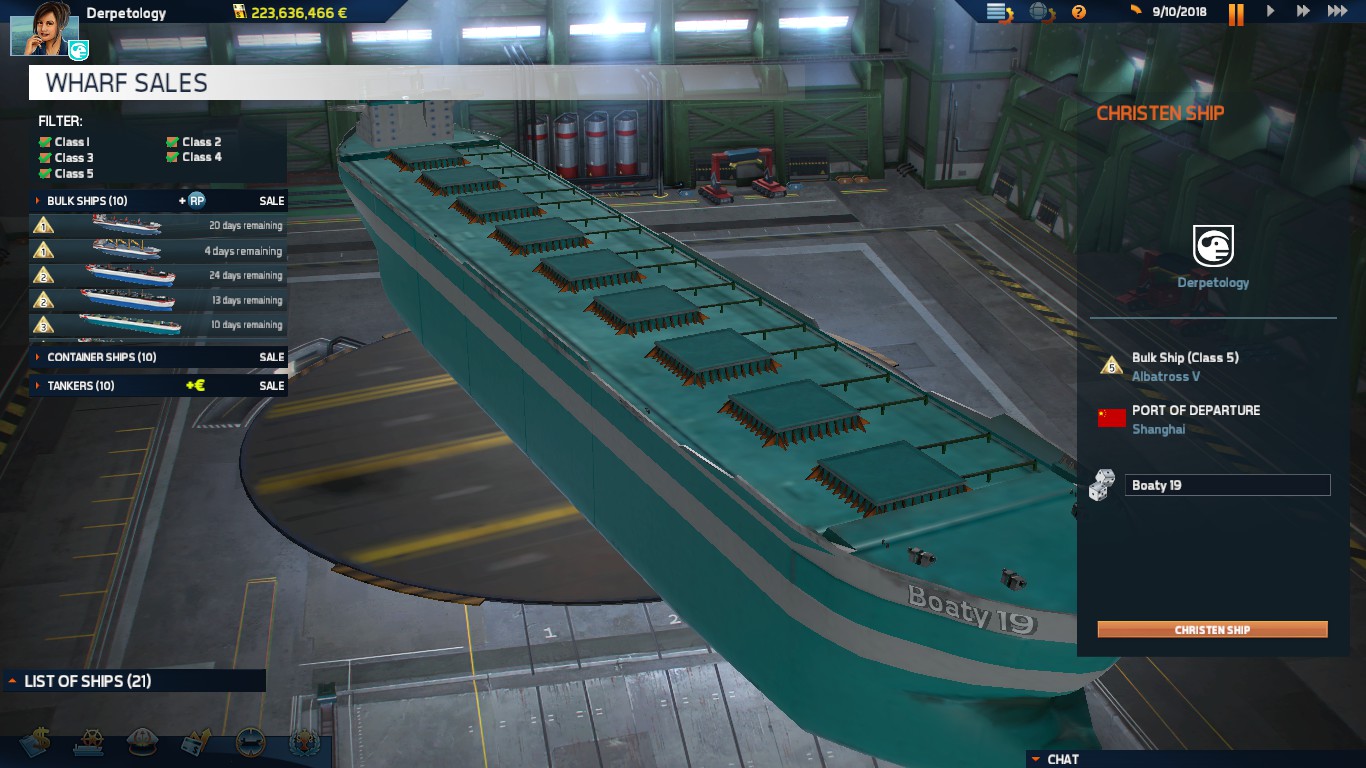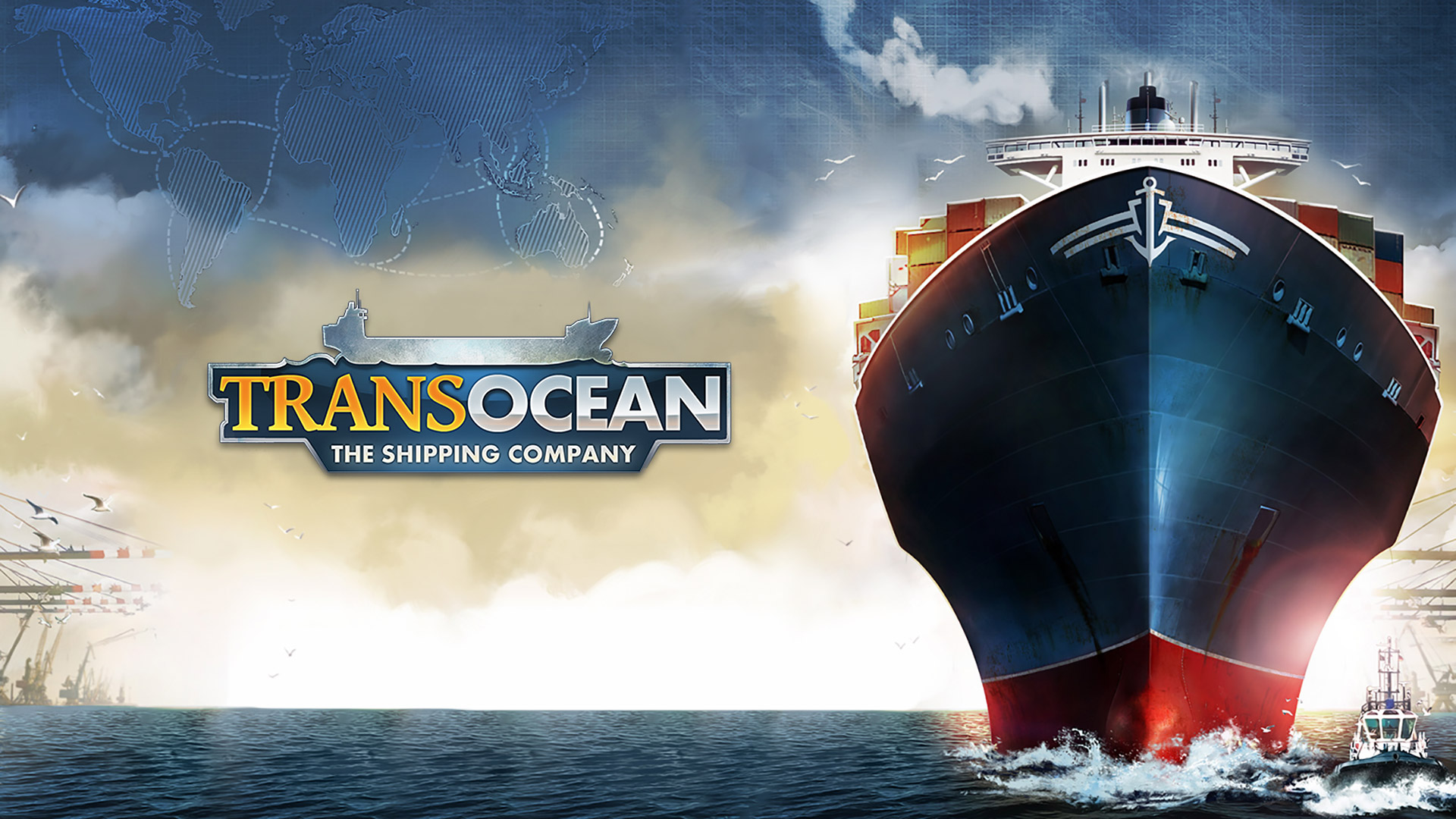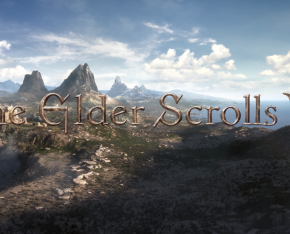By Franceen Robles on June 27, 2016 at 7:18pm
I’ve always been amused with the American Trucking Association’s slogan of “Good Stuff. Trucks Bring It.” For as much as we dislike these trucks on the road, whether because they’re going too slow or they make you feel claustrophobic when you’re sandwiched between them, the reality is that all of our stuff is delivered by trucks. Your car, your car’s gas, your food, and even the computer you’re using to read this, were all on trucks at one point.
Though with our increasing reliance on “Made In China” products, those good stuff on trucks need to be shipped here first. If you were collecting amiibo in early 2015, then you’re familiar with the port strikes that affected the product’s supplies, as well as others. A multitude of megaships sat idly on the waters, waiting for their good stuff to be unloaded. For shipping companies, that was a nightmare.
If only I owned a shipping company…
“TransOcean 2: Rivals” is developer Deck13’s sequel to their shipping company simulation and economy management game, “TransOcean: The Shipping Company.” The “Rivals” part in the title hints mostly to the multiplayer aspect of the game, but it can also be considered a part of the story.
Didn’t think a shipping tycoon game could have a story? Neither did I.
The story for this game seems to pick up right where I assume the first game left off, which I haven’t played before. Our avatar is a former shipping magnate who has been reduced to bankruptcy, living life out in the boonies until a lady named Heather Witherspoon approaches us. She introduces herself as the sister of our former advisor, and she wants our help in raising money to pay for her brother’s exorbitant bail. In order to do so, she needs us to helm a shipping company again. With our reluctant agreement, the game’s story mode begins.
“TransOcean 2” does a great job in introducing game mechanics to newcomers. Within each chapter is a new mechanic, and by the time we reach the last chapter, we need to use everything we’ve learned in order to succeed. The tutorials are thorough and easy to learn, thanks to their step-by-step examples and hands-on opportunities. Continental regions are introduced gradually in order to give us a feeling of expansion, and to let us get acclimated with the increasing shipping demands. The map, where we will spend the majority of our time, has several viewing options to help us with what we need to do. Those who already know how to play can also opt to skip the tutorial.
The only problem with the tutorial is that you are forced to take time out of the chapter to satisfy the requirements. I found myself failing some missions because I lost valuable time and resources trying to follow the directions. Eventually, I just decided to go ahead and do the tutorials before restarting the chapter anew.
Considering that the mechanics are integral to your success, the tutorials should not have been designed to be executed at the cost of your mission time. The tutorials should have been a separate instance which closes as soon as you’re done. Imagine if your math teacher started teaching your class the basics of parabola on test day while time is ticking. You’d be hard-pressed to finish the test on time.
Once the tutorial is over, you can finally set sail and start conquering the seas. Each chapter has three assigned goals - you only need to fulfill one in order to unlock the next chapter. Fulfilling all three goals per chapter doesn’t really net you any bonus, other than bragging rights and a gold medal.
But before you even think of nabbing that gold medal, be prepared to click a lot. This game, which I lovingly called “Carpal Tunnel Click Fest” at one point, pits you against computer players that operate a little too perfectly. They’re not impossible to beat later on in each chapter, but they gain ground against you very quickly in the beginning.

This results in a mad dash to your micromanagement zen, this game’s true heart and soul. Each chapter, you are left to micromanage your growing fleet of ships in order to meet the minimum goal. You click through a lot of screens just to load your ships up. Even though you can disable some of the interfaces that pop up, there are still a lot of clicking to do when you’re managing 25 or so ships. You click to buy a ship. You click to pick a contract. You click to take that contract. You click on a destination to sail your ship in order to fulfill that contract. You click to fast-forward time because let’s face it, watching your ship sail slowly is gutwrenchingly boring. You click to check your ship’s gas and maintenance level. You get the idea.
An option to automate your ships does come up eventually, but even then, this option is really more trouble than it’s worth. Ignoring the nominal fee for automation, you can only assign up to four stops. Each automated ship picks up contracts at every assigned port and sails on to the next one. All is good until the ship reaches its last stop, where it simply sits there while waiting for you to automate it again.
While it does save a few clicks or so, the automation does not feel very automated at all. You still have to micromanage it, and unless you set it to go on longer routes, the ship will bug you every few minutes. It eventually gets to the point where it’s quicker to just pick the contracts yourself, which completely defeats the purpose. I get it, in real life you can’t just send a ship out and make it get contracts automatically, but there has to be an easier way than just sending out four stops to each unit before they have to contact you again. How about eight stops? Or even ten?
Every once in a while, you get a notification about a tugboat company going on strike at specific ports. If you’re affected, you have the option of driving the ship out of the port yourself or waiting it out. Choosing the former option pits you against a minigame, where you must steer the ship out of the dock and into the sea.
I found myself failing miserably at this because of the third person view. Ignoring the effects of water and the wide turning radius of ships, trying to steer a ship in top-down view is maddening. Yes, it gives you a view of your ship’s backside to make sure you don’t buttbump anything, but you don’t turn where you think you’re turning. A simple tap on the keyboard sends you swooshing away farther than expected, and before you know it, you’re now just focusing your energy trying to correct yourself. I’ve never seen such amount of oversteering until I tried this minigame. Perhaps I’m just not used to it, but I think I’ll go ahead and wait the day out.
When you’re not clicking furiously to keep your fleet moving or carefully maneuvering your megaship out of the dock, this game actually has an interesting learning curve. It starts out fairly hard, causing me to restart a mission three or four times because I either failed it or realized that I wouldn’t make it. It wasn’t until chapter three that it clicked on me: I had been focusing my efforts on the wrong type of ship. I started buying a specific type of ship en masse, and before I knew it I was steamrolling my computer opponents. It even got to the point where I had to play a chapter in two separate sessions because my success got really boring...And that’s something I never thought I would say.
The problem lies in the micromanaging aspect, the ineffectiveness of the automation process, and the double-edged pause option. While I already talked in detail about the first two, the pause option was actually something that was added separately in an update. In campaign mode, time is paused every time you’re picking contracts and destinations for your ship. This means that you can spend a minute or two loading up your huge fleet, fast forward time to actually progress (which only takes about four to seven seconds on 3x speed depending on the route), and do it all over again.
While it’s great to avoid fees and freeze your opponents’ actions while you’re deciding or taking a bite out of your ice cream, the pause option stops the game’s “time.” An entire day can take several minutes to finish, depending on how fast you click and how many ships you have. When you take into consideration that each chapter usually gives you about 180 or so days, this can easily translate to several hours of intense clicking. Not only does it get boring, but it also starts hurting the wrist.
Chapter six marks the end of the campaign mode. The chapter’s title alone is enough to send chills down your spine. Who knew a simulation/tycoon game could have such a menacing final boss? Unfortunately, the suspense ends right there. You know how in other games, the final boss usually has the strongest attacks or the trickiest set of attacks to avoid? Well in “TransOcean 2,” the final boss doesn’t fight back. He just sits there, doing his shipping business while you mercilessly beat his business down to a pulp. He doesn’t fight back and he doesn’t even try to give you a scare or two. You steamroll him to oblivion, and he doesn’t do a damn thing to stop it.
I’ve spent all this time talking about gameplay because the game’s story is actually barebones, and quite frankly, slightly unnecessary. It’s a great excuse to divide up each game mechanic and introduce it to the player every chapter, but the plot couldn’t be any simpler. It’s also an excuse to have cheesy, but not bad, voice acting.
Your advisor, which you eventually bail out of jail, is a cross between a plot device and a deus ex machina. He knows how exactly to move the plot along by discovering loopholes for your computer rivals, leaving it up to you to use your cash to fulfill his prophecies. You celebrate your success at the end of each chapter, rinse and repeat.
Once the story mode ended happily ever after, I decided to hop online to try out the multiplayer option. I figured it would be injustice to this game if I didn’t try that option, considering its name. Though I’m afraid I must bring disappointment because I never found anybody to play with online. There were no public, or even private, rooms to play in, it was barren and desolate.
Eventually I decided to set up a public room, with capacity set to the max of eight people. Even though nobody came, I got a feel for how the multiplayer option plays (or at least the beginning stages). Unlike in single player campaign where you always start off with two or three ships (seriously, where do my previous fleet of 25+ go?), you have to use your starting money to buy your very first ship. It takes a little while to get established financially, but I imagine this would definitely set up a competitive stage.
The sad thing, other than the lack of people to play with, is that you cannot pause time in multiplayer. While this makes sense (it would be weird to suddenly not be able to do anything because another player is picking out contracts), you immediately feel the effects of having time run even when you’re just paying for gas. You get hit with fees left and right before you even have a chance to give your wrist a break.
Obviously you also cannot fast-forward time in multiplayer..This means that you have to stare at your ships on the map and count sheeps until they reach their destinations. You can use this opportunity to take a break and stretch, but it’s really, really boring. Along with the inability to pause time, not being able to fast-forward gave me a weird, conflicting feeling. I felt bored waiting for my ships to reach port, but I felt stressed and rushed whenever I have to set the ship to its next destination.
There’s also a single-player endless mode available, but at this point I’m all out of steam. I suppose if I really liked watching my ships move around the beautifully-colored world map, listen to the four rotating tracks, and test the limits of how much cash you can hoard (I got up to 35 billion Euros in Chapter 6), I could hop in this mode and just let it roll. But with the stressful six-chapter clickmania and the barren lands of multiplayer, I found myself staring at my limit. Plank me, captain. My sea-legs no longer serve me.









